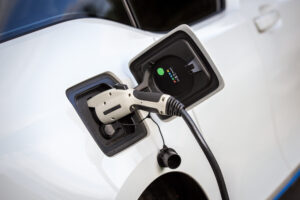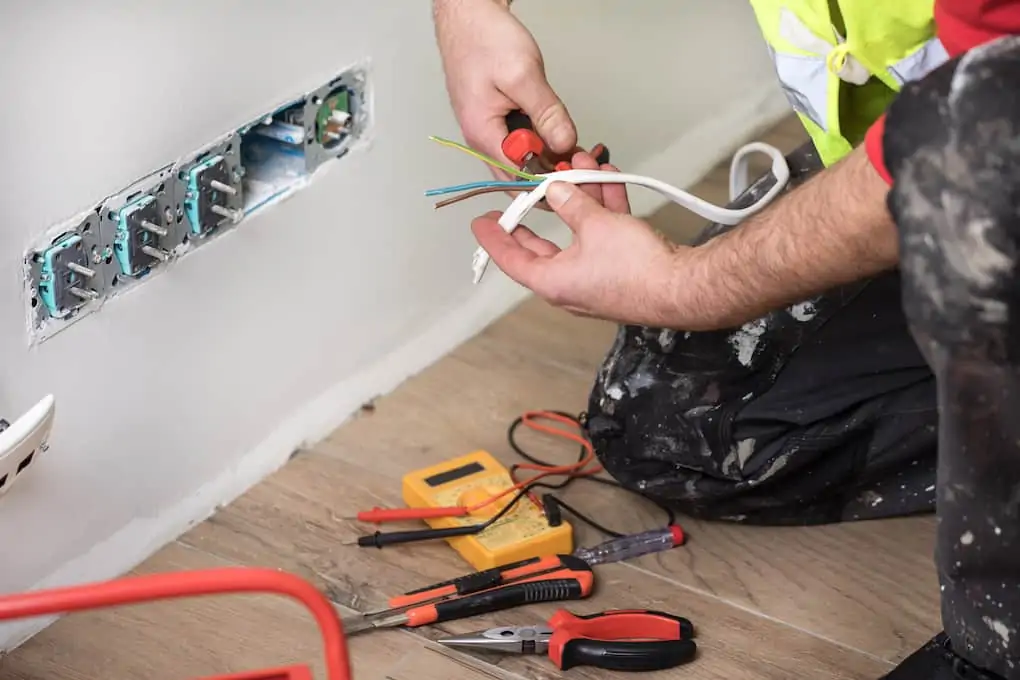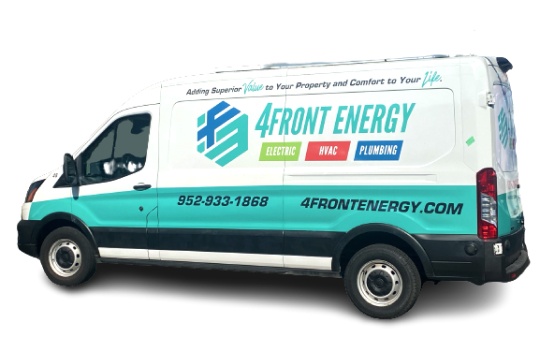Whether you’ve just moved to a new house and have no idea how the water heater works, or you’re sick and tired of dealing with your old, dysfunctional water heater and want to explore replacement options, you’re probably wondering, “how does a tankless water heater work?”
Consider this article your one-stop shop for everything you need to know about tankless water heaters. We’ll cover:
-
What a tankless water heater is
-
How it works
-
How to maintain it
-
Pros and cons
What Is a Tankless Water Heater + How Does It Work?
There are two main types of water heaters: tankless and tank-style heaters. (Tank-style water heaters are also called “tanked” or “storage tank” heaters.)
In a traditional tank-style heater, the hot water is stored in a large tank conjoined to the water heater. In this system, the water is heated all day and night, regardless of usage.
However, a tankless water heater doesn’t hold hot water in a tank. Instead, the water heater only kicks on when there is a need for hot water— like when someone uses the hot water faucet on a sink or shower. Instead of heating the water throughout the day, the water heater remains off until it’s needed.
When the tankless system signals a need for hot water, a burner ignites inside the system. Then, cold water passes over an aluminum heat exchanger and directly heats the water. When the hot water gets shut off, the system returns to standby mode.
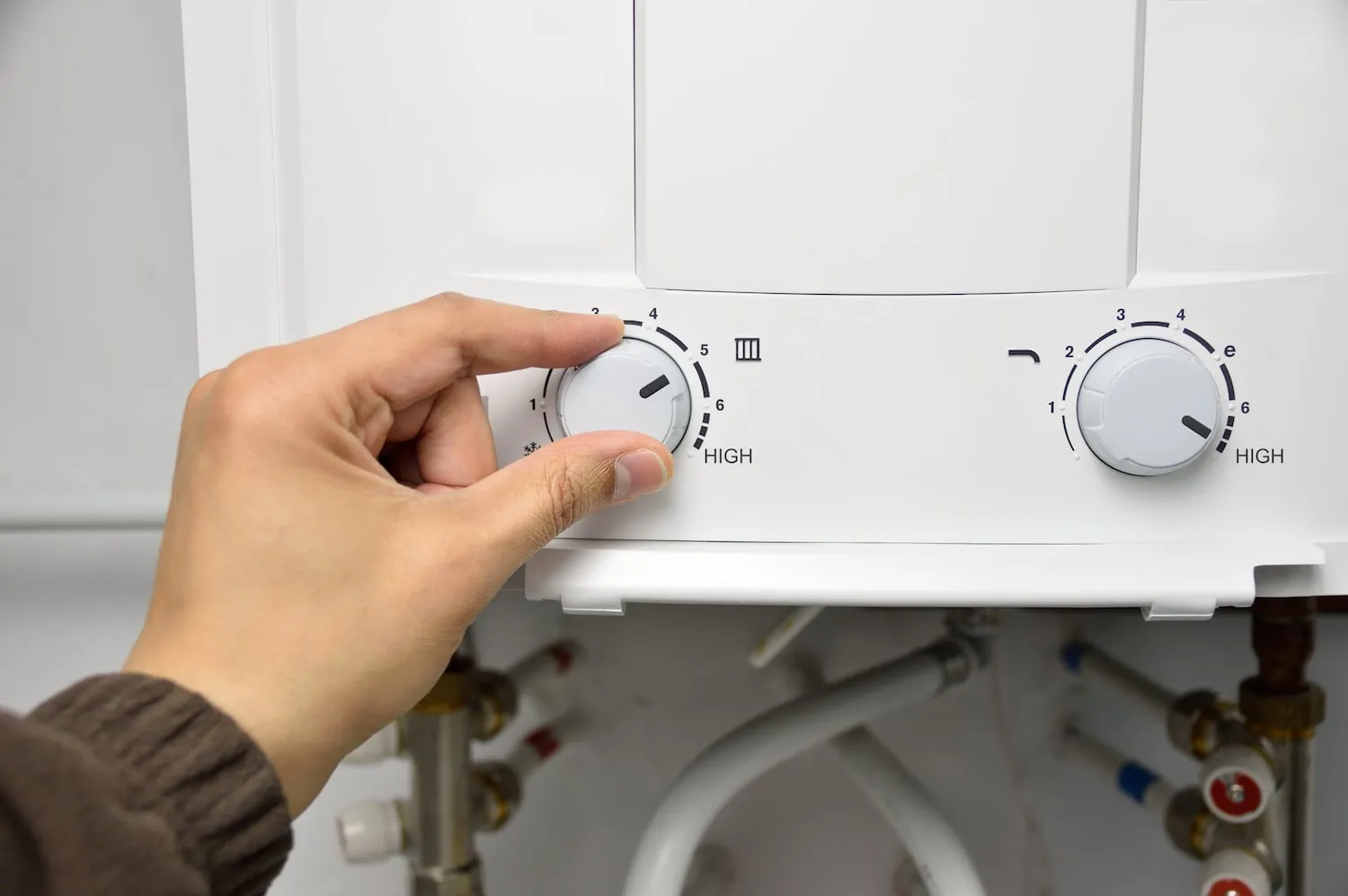
How It Works in 5 Steps
Step 1: Hot water is turned on— either at a sink, bathtub, or shower.
Step 2: The hot water being turned on triggers the tankless system. Cold water flows through sensors that begin the heating process.
Step 3: The internal computer immediately calculates how hot the burners need to be to achieve the perfect temperature. The water gets heated with either a gas burner or an electrical solution.
Step 4: After the burner begins heating the water, it circulates around a heat exchanger until the desired temperature is reached. Then, the water leaves the heater and travels through the pipes to the source destination.
Step 5: When the hot water is turned off, the tankless water heater automatically shuts down and ceases using energy.
How Do You Maintain a Tankless Water Heater?
Both tank-style and tankless water heaters can deal with mineral buildup. The heat causes calcium and magnesium to create buildup, which can affect the water heater’s function. In order to ensure your tankless hot water heater is working properly and doesn’t experience mineral buildup, you should practice regular maintenance. (Damage due to mineral buildup is rarely covered under warranty.)
You should perform tankless water heater maintenance at least once a year, or twice a year if you have hard water or keep the water temperature set high. Regular maintenance includes:
-
Flushing the System: You can remove mineral build-up by flushing your system. Turn off the power to your water heater. Then, turn off the water to the system and attach sump pump hoses. Use the sump pump to push a vinegar water mixture into the heater. Then, flush it with plain water. (Your heater’s user manual should also have these instructions.)
-
Cleaning the Air Filter: Clean your air filter regularly by removing it from the heating system. Then, use a soft brush and clean the filter with a soap and water solution. Rinse well and let it dry fully before reinstalling it.
-
Cleaning the Water Filter: The water filter in a tankless system is a screen that traps sediment coming in. If these sediments build up, it can impede the function of your water heater. First, turn off the water supply. Then, remove the filter and clean it well with warm, soapy water. Return it to the tank once it’s dry.
-
Cleaning the Outside of the Tank: If dust and debris build up on the outside of the heater, they can eventually get inside the heater and cause issues. Turn off the power and water supply first. Then wipe down the tank and the area around it with a duster and a damp cloth.
If any of these tasks seem daunting, you can schedule annual maintenance with a trusted local plumber who will handle it all for you.
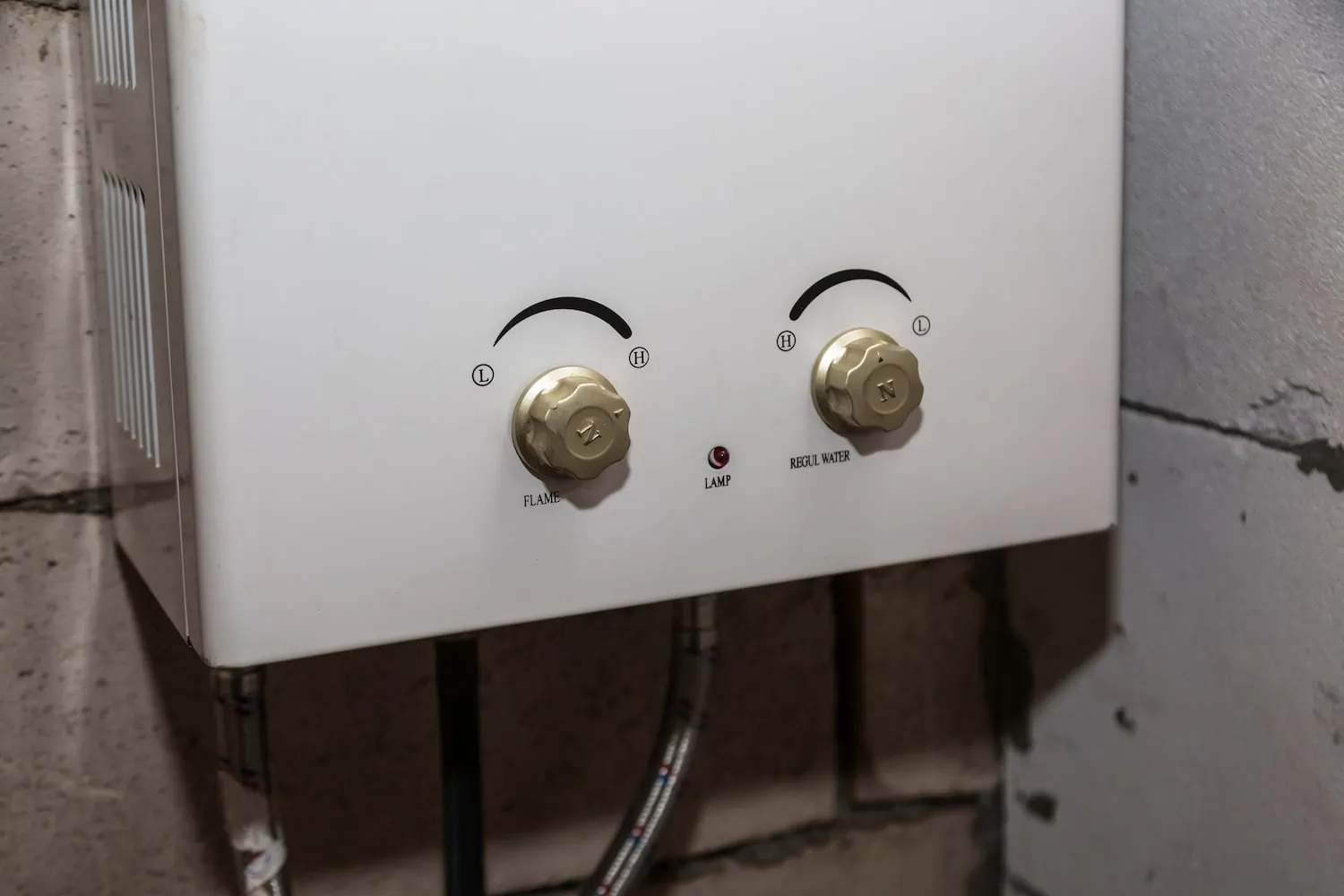
The Pros and Cons of Tankless Water Heaters
Even though tankless water heaters sound pretty magical, there are still details to consider when comparing them against traditional water heaters. Common pros and cons of tankless water heaters include:
👍 Pros of Tankless Water Heaters
-
More Energy-Efficient: Tankless water heaters are more energy-efficient than storage tank heaters. If you install a tankless water heater at every location where you use hot water, you could experience up to 50% energy savings.
-
Saves Money: When you save energy, you also save money on energy bills. Tankless systems have a good ROI (return on investment).
-
Longer Lifespan: Traditional water heaters last roughly 10 years, but tankless models can last up to 20 years.
-
Space-Saving: Tankless systems are smaller than traditional tank water heaters, so they’re a great option to free up space.
-
Indefinite Hot Water Supply: Since tankless heaters heat the water on demand, you can pretty much run the hot water for as long as you’d like without it running out.
❌ Cons of Tankless Water Heaters
-
Reliance on Electricity: Tankless water heaters need electricity to run, so if the power goes out, so does the hot water.
-
Higher Upfront Costs: The unit and installation prices are higher for tankless water heaters than for traditional tank-style heaters. But the energy savings and longevity help the system pay for itself in a few years.
-
Fluctuating Temperatures for Multiple Outlets: If you run your dishwasher, shower, and washing machine all at the same time, your temperatures will fluctuate since the heater can’t provide hot water for three places at once. Work around this by installing more than one system or using less hot water at once.
Get a Free Quote for a Tankless Water Heater
So, what do you think? Does it seem like a tankless water heater is the right call for your home? Well, if you live in Minnesota, then AJ Alberts is your plumber of choice.
We can install tankless and tank-style water heaters and provide any maintenance you may need as well. Reach out today for a free estimate!

